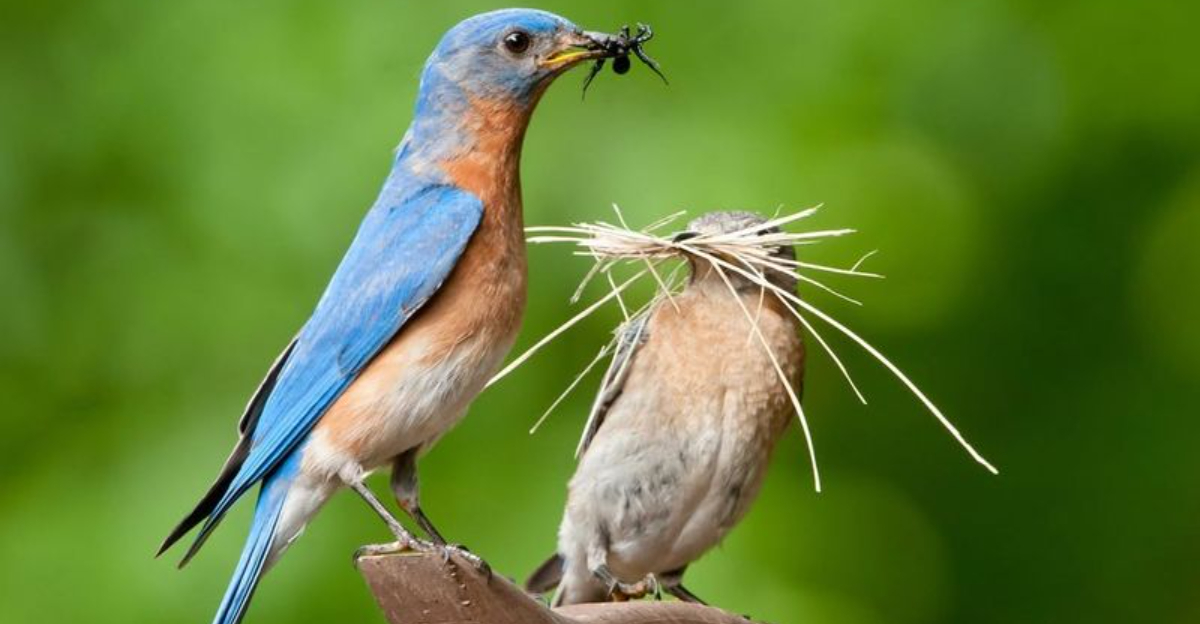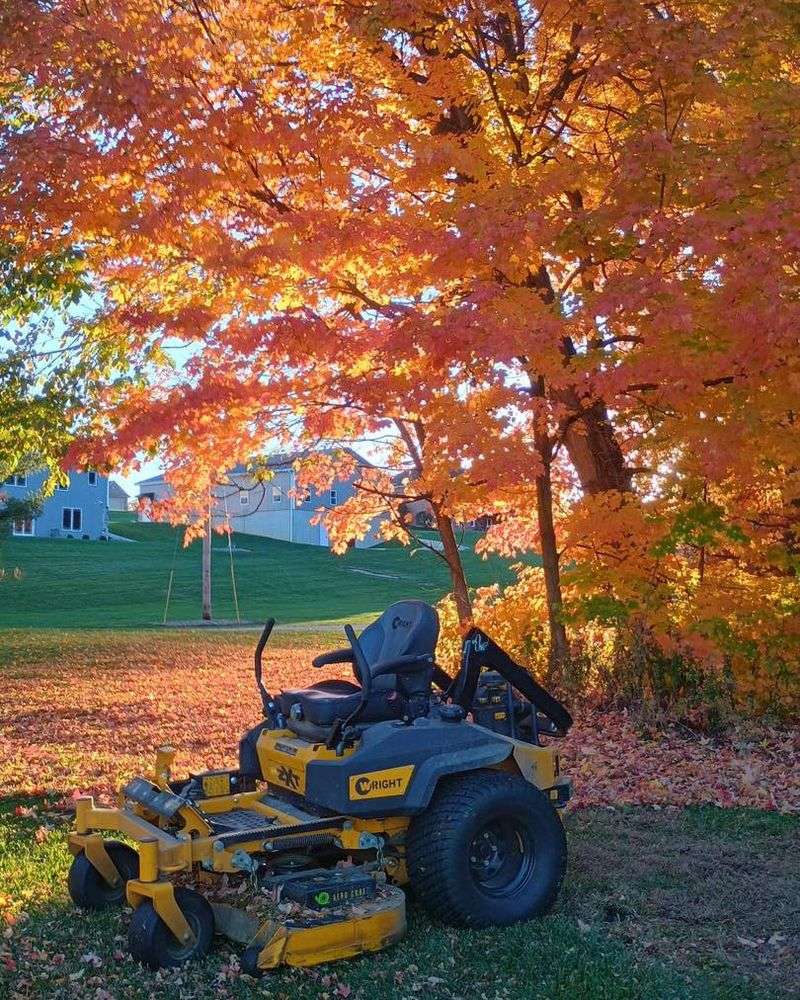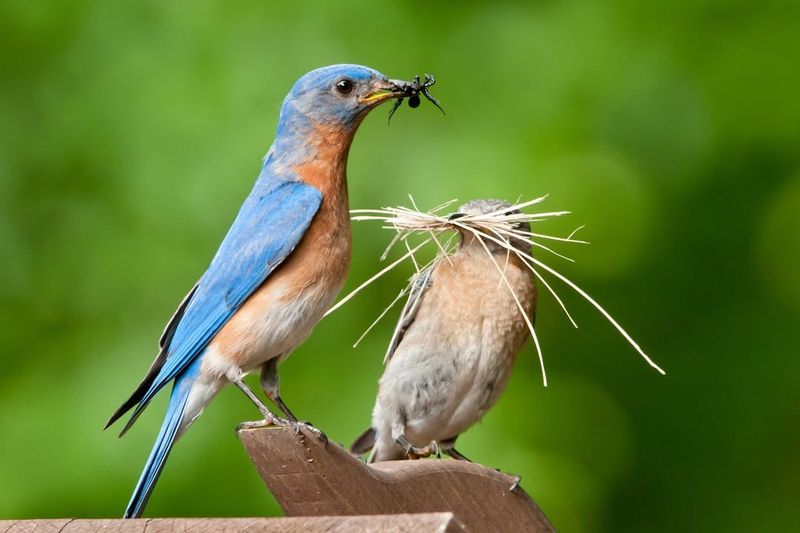Many Kansas homeowners spend hours keeping their lawns perfectly trimmed, but did you know that stopping your mower earlier in fall could save bird lives?
Wild birds need safe places and food sources to survive the cold Kansas winters. By letting your grass grow and leaving seed heads standing, you create a natural bird haven right in your own backyard.
The Best Time To Put Away Your Mower
Timing matters when you want to help feathered friends survive winter. Most Kansas bird experts suggest stopping your regular mowing routine around mid-October, though the exact date depends on your specific region.
Northern Kansas counties should consider stopping earlier, while southern areas can wait a bit longer. Watch for the first frost warnings in your area as a signal.
Leaving grass unmowed gives seeds time to mature and provides shelter spots birds desperately need during harsh weather.
Native Grasses Provide Essential Winter Food
Prairie grasses like big bluestem and Indian grass produce nutrient-rich seeds that fuel birds through freezing temperatures. These native plants evolved alongside Kansas wildlife for thousands of years, making them perfect food sources.
When you stop mowing, these grasses keep their seed heads intact instead of getting chopped down. Sparrows, finches, and juncos depend heavily on these seeds when insects disappear.
Your unmowed lawn becomes a natural buffet that costs you nothing but helps birds immensely.
Tall Grass Creates Protective Shelter
Cold Kansas winds can be brutal for tiny birds trying to stay warm. Unmowed grass creates dense cover that blocks wind and traps heat near the ground, forming cozy microhabitats.
Birds huddle in these grass clumps during storms and frigid nights, using the vegetation as natural insulation. Without this protection, many birds struggle to maintain their body temperature and survive.
Your decision to skip mowing literally provides life-saving shelter when temperatures plummet below freezing.
Wildflowers And Weeds Support Bird Diets
What many people call weeds are actually valuable food sources for overwintering birds. Coneflowers, sunflowers, and asters produce seeds packed with fats and proteins birds need for energy.
Goldfinches especially love thistle and dandelion seeds that remain on standing plants. When you stop mowing, you allow these plants to complete their life cycles and feed hungry visitors.
Embracing a messier yard means embracing biodiversity that directly benefits your local bird population throughout winter.
Insect Hideouts Mean Bird Protein Sources
Bugs and larvae hide in grass stems and leaf litter when cold weather arrives, entering dormancy until spring returns. Birds like chickadees and nuthatches actively hunt these hidden insects even during winter months.
Protein from insects helps birds maintain muscle mass and energy reserves when plant seeds alone are not enough. Mowing destroys these insect hideouts and removes an important food source.
Letting your grass stand preserves this hidden ecosystem that keeps birds healthy and strong.
Spring Cleanup Timing Protects Nesting Efforts
Knowing when to resume yard work is just as important as knowing when to stop. Wait until temperatures consistently stay above freezing and you spot early migrants returning, usually late March in Kansas.
Cutting back vegetation too early can eliminate materials birds need for nest building and remove food sources before alternatives appear. Gradual cleanup gives wildlife time to adjust as natural food becomes available again.
Patience with spring maintenance ensures your winter efforts truly benefit bird populations year-round.







